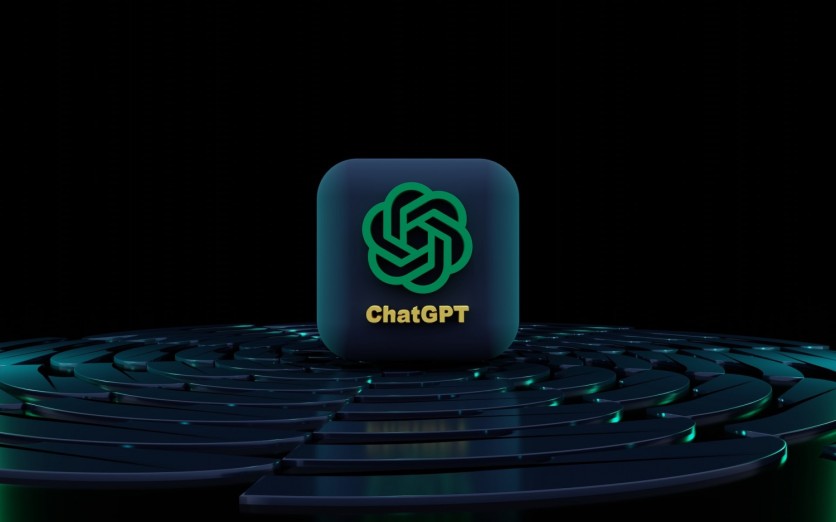
Less than six months after ChatGPT-creator OpenAI unveiled an AI detection tool with the potential to help teachers and other professionals detect AI-generated work, the company has pulled the feature. The tool didn't live up to its expectations, failing to deliver accurate results when analyzing text for AI-generated content.
Ever since ChatGPT became available to the general public, concerns over its unethical use, including cheating in tests, forging essays, and other academic fraud, have been an important part of the discourse around AI and ChatGPT specifically. This is why OpenAI was quick to try and deliver a quick fix. But it seems like their efforts weren't sufficient.
While many people and organizations were hoping to safeguard themselves against ChatGPT-generated content using this tool, we're going to have to wait a bit longer for the tool that actually works.
Why Did the AI-Detection Tool Get Pulled
According to the ChatGPTs blog statement, they pulled this tool because of the low accuracy rate. But that's not to say we'll never get an effective tool to analyze content. In the same statement when the company announced that they were pulling the ai detection tool, OpenAI also noted that they would continue to work with feedback and put more time and resources into research to try and develop the tool for AI-generated content detection that would allow teachers, professors, and others who want to work without AI-generated content.
This issue is extremely prevalent in education; however, other fields could also benefit from having a tool that would effectively determine whether or not content was AI-generated. As we move on from the basic how does ChatGPT work questions and dive deeper, there will be a lot of talk in the creative fields over the possible pitfalls of relying on AI-generated content and what this shift could mean for artists.
We should note that OpenAI is also working towards developing tools that recognize AI-generated audio and visual content, not just AI-generated text, which most people are currently concerned with. However, it's easy to see how this detection tool would benefit the creative field. Still, no specific announcement or achievement milestone in this direction has been shared by OpenAI just yet.
While this is commendable on OpenAI 's part, this statement revived the conversation about the importance of safeguarding around ChatGPT and what the lack thereof could mean on a larger scale.
The timing of this statement is also noteworthy. This is the first new school year that will commence with many students accessing ChatGPT, so we can see why this statement has had such ripples. For those working in education, this announcement can read as OpenAI abandoning them against the issues that the company itself has caused, leaving it up to the teachers to find ways to ensure that the student's work was completed by them and not by ChatGPT and abandoning them.
Are There Alternatives?
Before the company decided to pull the AI detection tool completely, the tool itself was promising enough. Powered by a machine learning system, it exclusively worked on English AI-generated text, classifying it as one of the five categories ranging from "likely generated by AI" to "very unlikely." However, even then, OpenAI hesitated to make big promises as the tool was still relatively new.
In the meantime, professors, academic establishments, and organizations looking to detect and exclude ChatGPT-generated content have their work cut out for them. Some companies have already taken on the challenge of getting ahead of OpenAI and generating these tools independently from ChatGPT.
Students already use many websites and applications for their school work, including citation tools, and have added the AI-detection feature to their arsenal. However, we still have no idea how well these individual tools work and whether or not teachers can comfortably rely on them.
Another point that the academic establishments wonder about is just how prevalent ChatGPT is among their students. While some schools have taken matters into their own hands by banning ChatGPT and other AI tools from school networks, everyone agrees that preventing students from using these tools will be impossible when they are not at school.
While not ideal, banning ChatGPT on school premises at least gives teachers and professors some control over the process, ensuring that students create the materials written in class. However, this gets more complicated when we factor in homework, essays, and group projects that take a couple of days to complete.
Whether or not we'll see a huge uptick in AI-generated assignments over the course of this school year, one thing is clear, this school year will require a lot of learning and adapting on both ends.
ⓒ 2025 TECHTIMES.com All rights reserved. Do not reproduce without permission.




